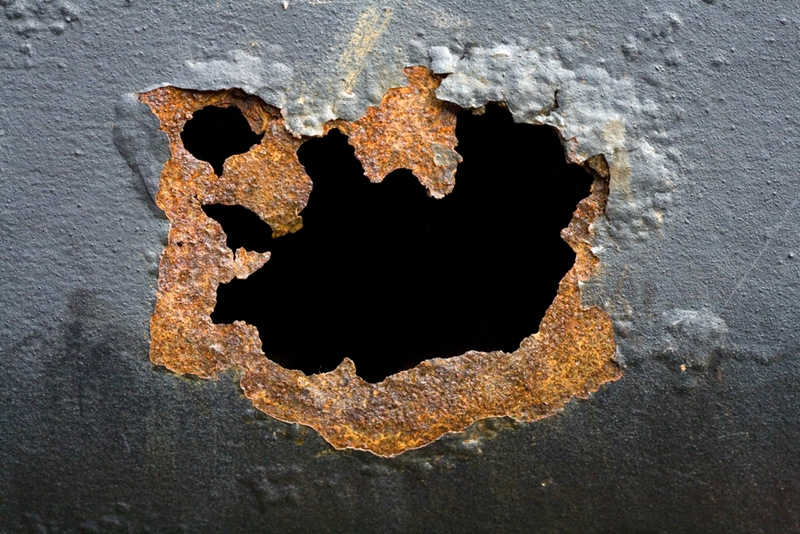
The vehicle identification number (VIN) is composed of 17 characters (digits and capital letters) that act as a unique identifier for the vehicle. A VIN displays the car's unique features, specifications and manufacturer.
The VIN can be found in a couple of places including on the car's registration label (1), on the compliance plate in the engine bay (2) or on the passenger side windshield (3), or on one of the door posts (where the door latches when it is closed) (4). See the image below:
Have you ever been overwhelmed when buying a used car? There's a lot you need to remember, and a lot you need to check around the car. One way you can help ensure you aren't buying a lemon is with a CarHistory report - it'll show you if there are any discrepancies with the odometer, and if the owner has looked after the car.
Once you've looked at the report, however, there are a few other things you should check out yourself. First and foremost, don't buy a car simply because you like how it looks! You need to make sure you're making a sound investment, and that your new purchase will be right for your needs.
When you inspect your next used car, make sure you remember these important points:
1. Check the service history
If it has been taken to the same mechanic every six months or so for a check-up, it's likely going to be in good condition.
This one's easy - you can check the service history of your potential next car with a CarHistory report. It's also a good idea to ask the current owner how well it has been looked after, and check any records they have on the car1.
If it has been taken to the same mechanic every six months or so for a check-up, it's likely going to be in good condition. If it's been to different mechanics, they might not have accounted for all the same issues over time.
2. Can you see any rust?
If you can see rust on the body of the car, you'll have to think hard about how you'll proceed. Rust on the body can mean there's rust in other places as well1, and that can be expensive to fix. Don't want to spend an arm and a leg on regular maintenance, simply to keep your car road-worthy? Don't buy a car with any rust on it!

3. How does the car smell?
This is one reason it's so important that you see the car in person, and that you give it a thorough inspection2 - you need to smell the interior of the car, and note any strange, putrid or stale smells1. These can indicate that there has been some water leakage over time, and mould is building up in unseen places.
The spilled liquid could even be milk, coffee, alcohol, or fizzy drinks - anything that leaks in the car and isn't cleaned properly will leave an odour. That can be difficult to remove, and makes for an unpleasant driving experience, so beware buying a smelly car.
4. Does the sunroof open slowly?
An old sunroof, or a broken sunroof motor, can be dear to fix, and can reduce your enjoyment of the car overall.
Does the car you're looking at have a sunroof? Make sure you test it thoroughly, and make sure it works at the correct speed and doesn't sound like it's straining1. An old sunroof, or a broken sunroof motor, can be dear to fix, and can reduce your enjoyment of the car overall.
Think you're getting a great deal because the car you want has a cool sunroof? Better make sure it's not a dud first.
5. Smoke coming from the exhaust doesn't mean it's going faster
Take someone along for a test drive of the car, and get them to listen and look out for anything that you might have missed. If there's smoke coming from the exhaust when you accelerate, you might not see it because your eyes are on the road, but it's a bad sign1. It could be compression or oil leakages or missing parts - all of which are expensive fixes.
A second pair of eyes and ears can really help to make sure you don't buy a lemon for your next used car. For information on the history of a used car, get in touch with CarHistory today.
1. Popular Mechanics. Used-car checklist. Accessed January 2017.
2. Popular Mechanics. How to Buy a Used Car Without Getting Burned: The 101-Point Checklist. Accessed January 2017.